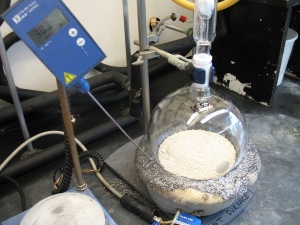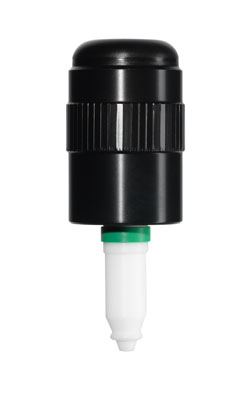I got a summer internship in a natural product synthetic group, a quarter century ago when I was in high school. It was a very nice lab doing medicinal chemistry on cardioglycosides and I really liked it there. But I didn’t realize that the PI from the group wasn’t thrilled to have me (he was asked to take some random kid as a community outreach initiative, and he could not turn it down.) He promptly sent me out of the way, to the library.
In those days, the literature search used to be done with printed indexes of Chemical Abstracts. It was like slogging away through a supermarket shelf filled with phone books; I spent three weeks doing this.
Undeterred, I kept asking the PI to have me try experimental chemistry. Finally, he would let me prepare an acetylated analog of a frog cardanolide, as analytical standard. He instructed me to weight out 10mg of the material, dissolve it in 1mL of pyridine, add 1mL of acetanhydride, and let it sit overnight. Then evaporate, work up with diluted sulfuric acid and DCM.
I tried to hit exactly 10.0mg and it wasn’t easy: it took me forever to weight on precision balances, and meanwhile the guy was looming over me, unimpressed, rolling his eyes. During all this, I somehow put a tip of the little spatula to my lips – the working end of the spatula – and then asked the dour PI if bufanolides were supposed to have such a bitter taste.
For a moment, it wasn’t clear who was going to suffer the heart attack first but eventually the shouting subsided, I got my face wiped clean with alcohol swabs and was ready to set up the experiment.
So I dissolved the material in exactly 1.0 mL of pyridine, then carefully added 1.0 mL of pyridine to it (I must have grabbed the wrong brown bottle, they looked the same) and isolated 9 mg of a very pure starting material a day later; it was my last experiment in that lab…
Whenever I have to work with someone young and unbearable, it helps to recall the many asinine things I did unto others.


